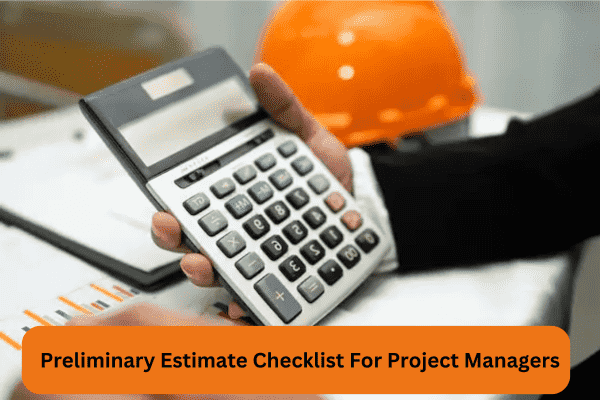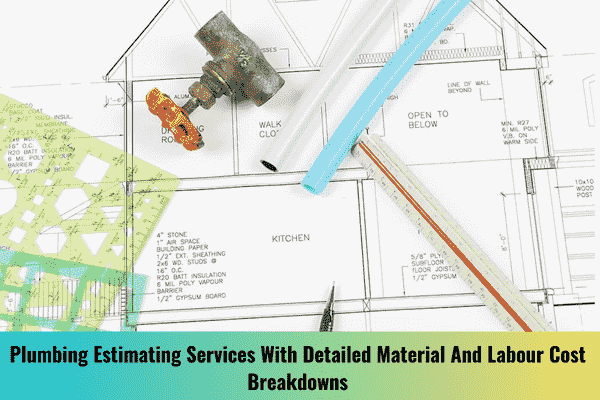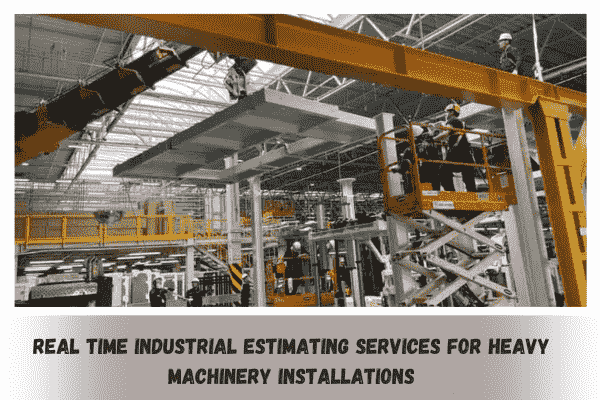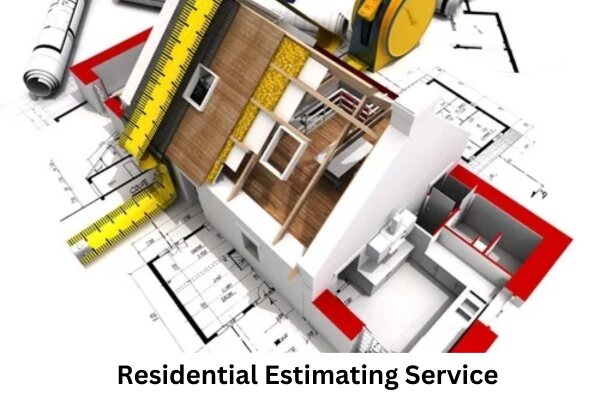
Preliminary Estimate Checklist For Project Managers
An accurate preliminary estimate can make or break a project’s success. This article provides a detailed checklist for project managers to




© 2024 Crivva - Business Promotion. All rights reserved.